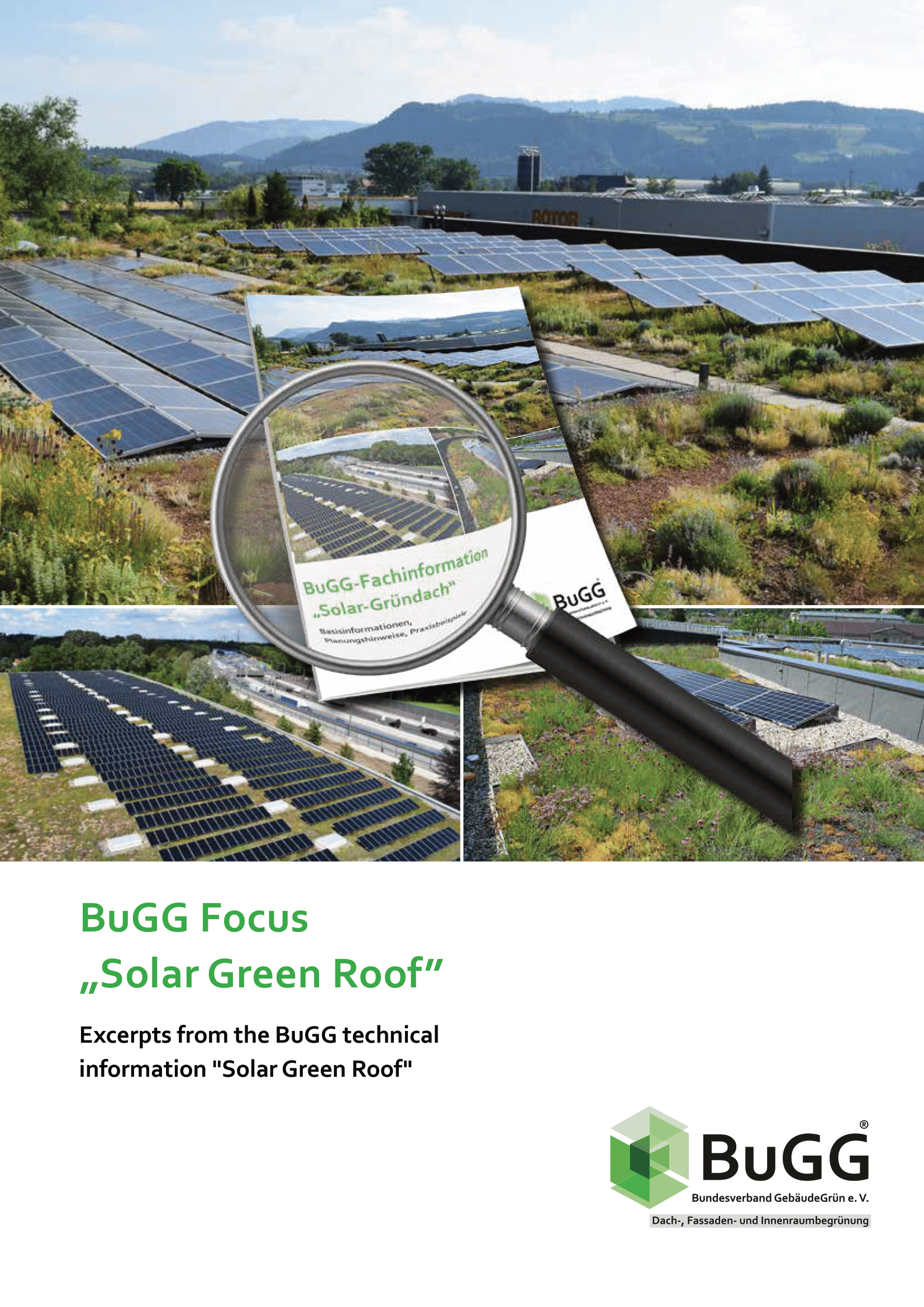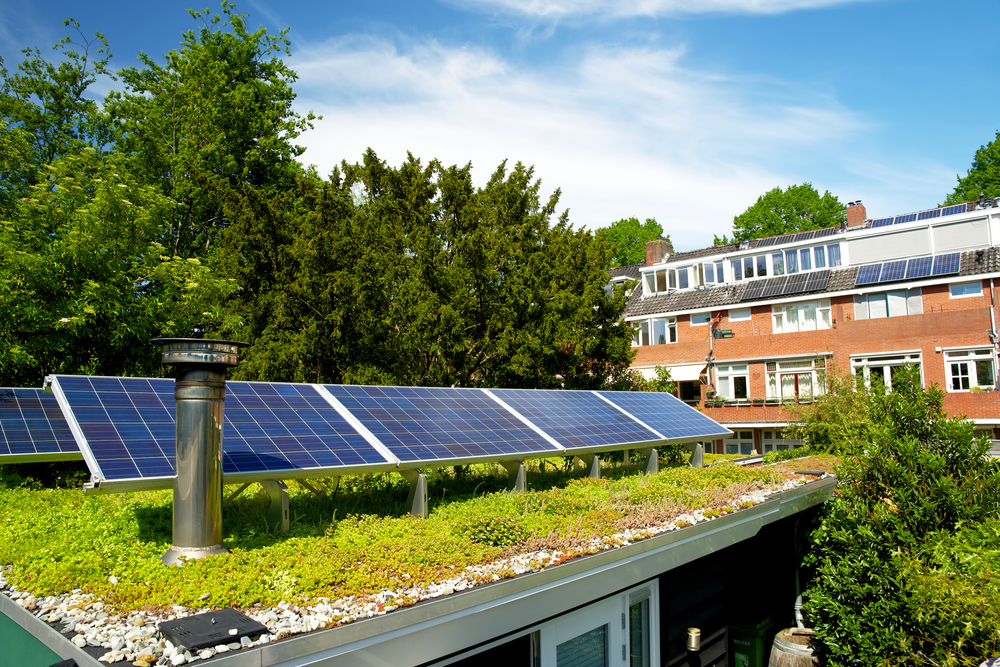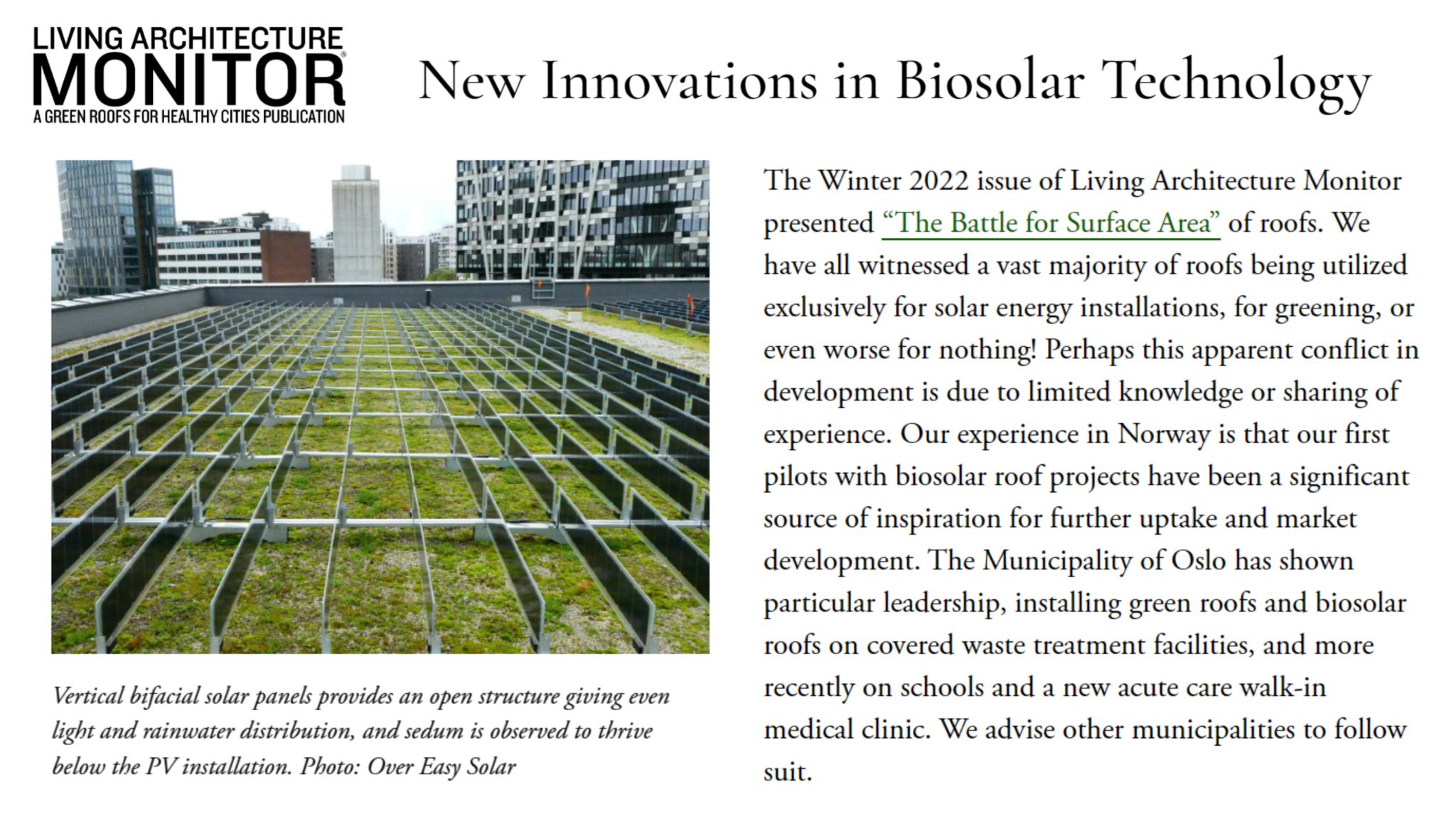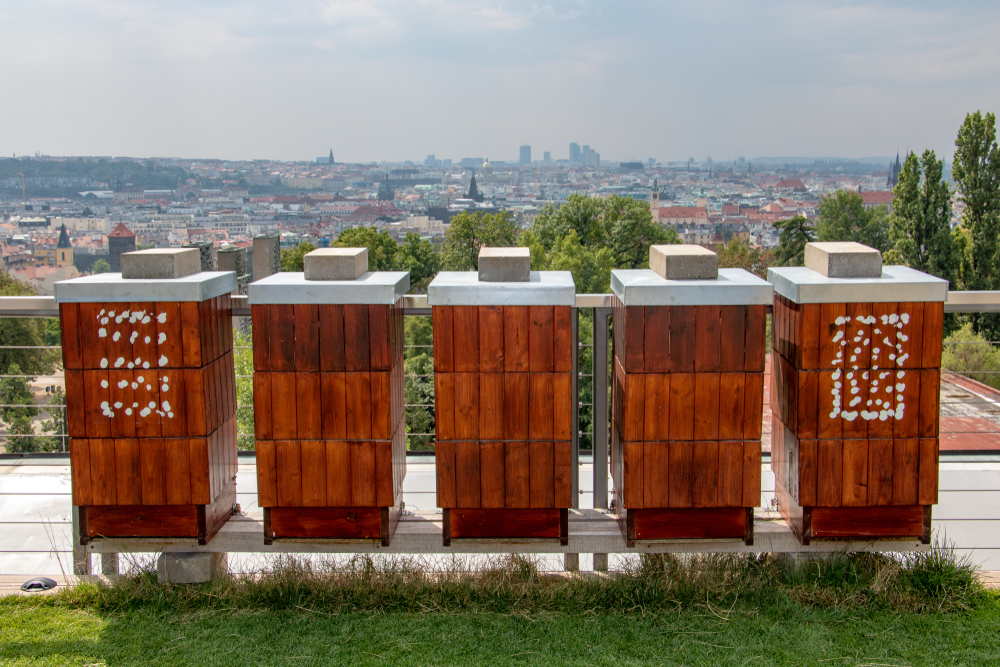
Making Europe’s Built Environment Greener, Healthier and more Resilient
In the past political mandate, the EU has pursued legislation to combat climate change, restore nature, and promote circularity, aiming for climate neutrality by 2050,

In the past political mandate, the EU has pursued legislation to combat climate change, restore nature, and promote circularity, aiming for climate neutrality by 2050,

Roof garden, Vegetable garden on the roof, Vegetables on the roof of the building, Agriculture in urban on the roof of the building. Shutterstock ID:1010959666

German Association of Building Greening (Bundes-verband Gebäude Grün e.V. – BuGG), together with the German Aerospace Center (Deutsches Zentrum für Luft- und Raumfahrt – DLR),

Bundesverband GebäudeGrün e.V. (BuGG) provides technical information on Solar Green Roofs. The detailed BuGG technical information “Solar Green Roof” comprises 52 pages, including plant lists,

Aerial view of rooftop garden in urban residential area. ID: 1361273999 22 January 2024 – With the interinstitutional negotiations on the Urban Wastewater Treatment Directive

Bundesverband GebäudeGrün e.V. presents its Market report on Building Greening 2021: Green Roofs, Green Facades and Interior Greening in Germany. Bundesverband GebäudeGrün e.V. (BuGG) published

Solar panels on a green roof with flowering sedum plants. Green rooftop garden with renewable solar energy system. Groene daktuin. ID: 1984038581 On 15 January

In Norway, first pilots with biosolar roof projects have been a significant source of inspiration for further uptake & market development, says David Vernon Brasfield,

An aerial view of a district in Duesseldorf, Germany. ID: 2151579185 The increasing attention to policies and regulations concerning green infrastructure in urban areas signifies

The European Parliament approves a resolution endorsing & sharing its priorities on the European Commission’s Revised Pollinators Initiative. On 23 November 2023, the European Parliament
Follow us on the channel that best suits you to receive our latest updates!
Join us. Get member benefits. Promote your company, projects, products and services.